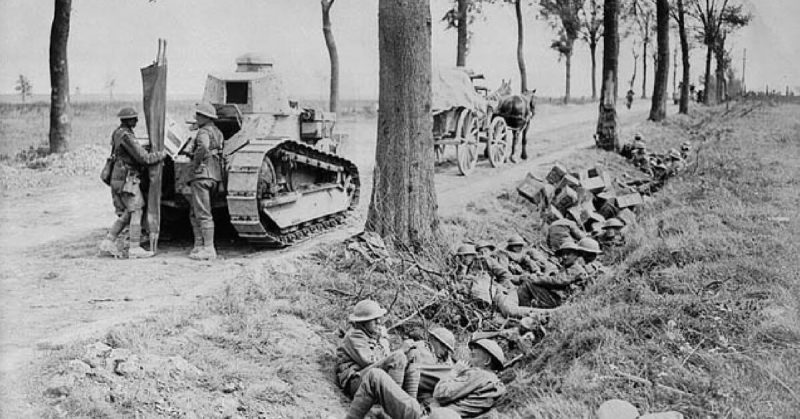The Battle of Amiens started nearly 100 years ago in Picardy, France, in 1918. The major combat lasted until August 12th and was a success for the Allied armies due to the number of surrendering German forces. The four-day battle saw 44,000 soldiers lost from the Allied side, 22,000 men from the French and the British Empire’s forces making up the rest, and a loss of 75,000 from the German side, including 50,000 prisoners.
1. The Germans weren’t expecting the attack.
German forces were still on the offensive in July 1918, but they didn’t know that the Allied soldier numbers were on the rise. More American and British troops came to France to support the war effort, having been transferred from other campaigns. Even though the German troops knew they were going to be forced into the defensive position by August, they thought the French would attack in Rheims, or Flanders, while the British would attack near Albert. They didn’t even take Amiens into consideration.
The Allied troops only moved around at night to disguise their movements from the enemy, while keeping an equal number of troops in all positions. They attacked in numbers around the rumored areas the Germans believed the attack was coming from, causing the German soldiers to withdraw from Amiens and respond to the counter-offensives. They withdrew troops from Lys, and when the attack came on August 8th at 4.20am, the Germans only had six divisions on the front with two reserves.
2. German General Erich Ludendorff called it ‘the black day of the German Army.’
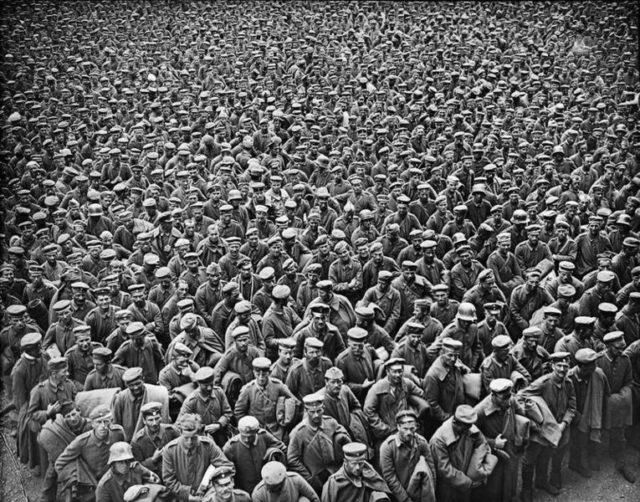
Due to the high number of German soldiers who surrendered on the first day General Erich Ludendorff described it as the ‘Schwarzer Tag des Deutschen Heeres.’ Morale among the German soldiers sunk to a new low and they yielded to the advancing Allied troops. The retreating troops accused German officers of prolonging the war when they tried to rally them to continue fighting.
The British Fourth Army captured 13,000 prisoners, and the French took another 3,000. By August 27th official reports stated the Allies had captured almost 50,000 soldiers and 500 guns.
It was believed that the obliteration of German communication lines by the Allied troops and their use of surprise edged the battle in their favor as they were able to impede any counter-attacks.
3. Due to the ground gained by Allied soldiers, it became one of the greatest advances of the war.
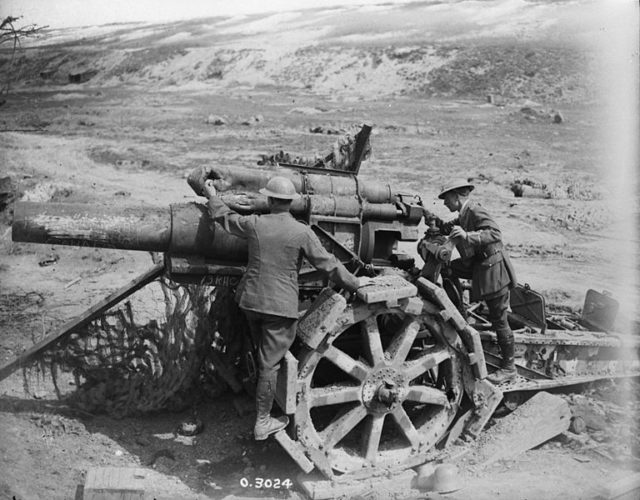
The battle started at 4.20am on August 8th, and by 7.10am the Australian units had reached their first objective. At 8.20am the Australian and Canadian troops went through the first breach in the German trenches. In the plans, Mark V tanks were meant to help the troops, but in the end, they weren’t necessary.
The first German position was captured at 7.30am, meaning the troops advanced 3.7km in an hour, Allied forces penetrated to the rear of the German defenses and Royal Air Force fire kept the retreating Germans from retaliating.
Due to the speed of Canadian and Australian troops, pushing 4.8km by 11 am, some German officers and soldiers were apprehended while eating their breakfast. A gap of 24km had been put into the German lines south of the Somme by the end of the first day.
4. It was the end of trench warfare on the Western Front.
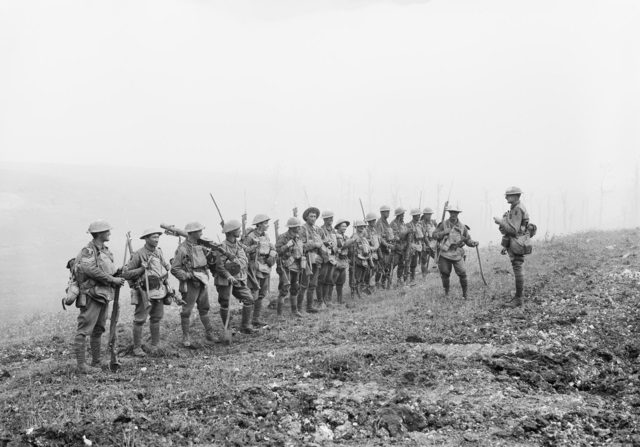
Due to the fast advance of the armies, the British trenches that had previously been on the front lines were left behind as they gained more territory. At points in the battle, the two enemy lines were within 500 meters of each other. The use of gas was low as the Germans were unaware of how big the attacking Allied forces were.
The Germans were taken by surprise and didn’t even begin firing back for five minutes, and when they did the Allied forces had left their positions.
The British Third Army had almost no effect due to the lack of armored support, but the Fourth Army troops pushed deep into German territory with around a thousand tanks.
5. The battle was the start of the Hundred Day Offensive, which led to the end of the First World War.
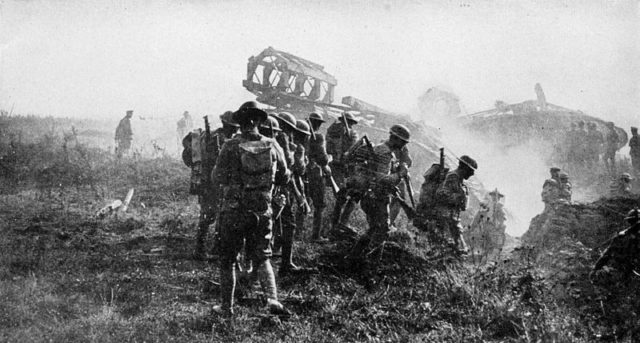
After the Battle of Amiens, a fresh offensive began in Albert on August 21st that ultimately pushed the Germans back 55km. On August 27th Phillip Gibbs, a British war correspondent stated that the Germany ‘is on the defensive’ and credited Amiens with a change in the morale of the Allied troops, saying the army was geared up with ‘enormous hope.’
Then the Germans were pushed back to the Hindenburg Line, a major defensive point of theirs constructed in the Winter of 1916-1917, and a series of battles were held there before the British army broke through on October 8th. It was this breach that forced German commanders to face up to the fact that the war had to end. Towards the end of 1918, they retreated through territories they had gained in 1914, and fighting took place up until 11 am on November 11th, 1918 when the Armistice took effect.
The Hundred Days Offensive saw the tides of fortune turn against Germany in the First World War. From there the fate of the German Army was sealed. After the Battle of Amiens, it was only a matter of time before the war would be over, with Germany on the losing side.
